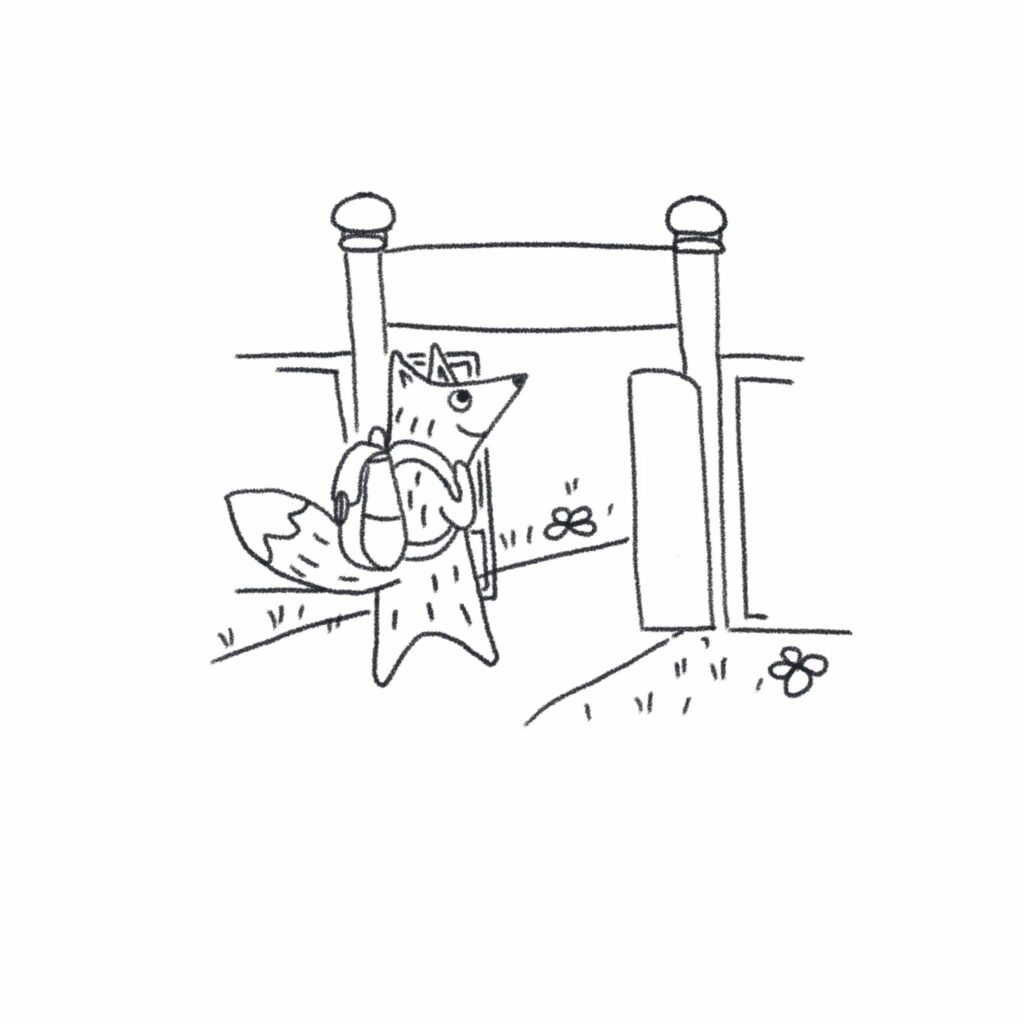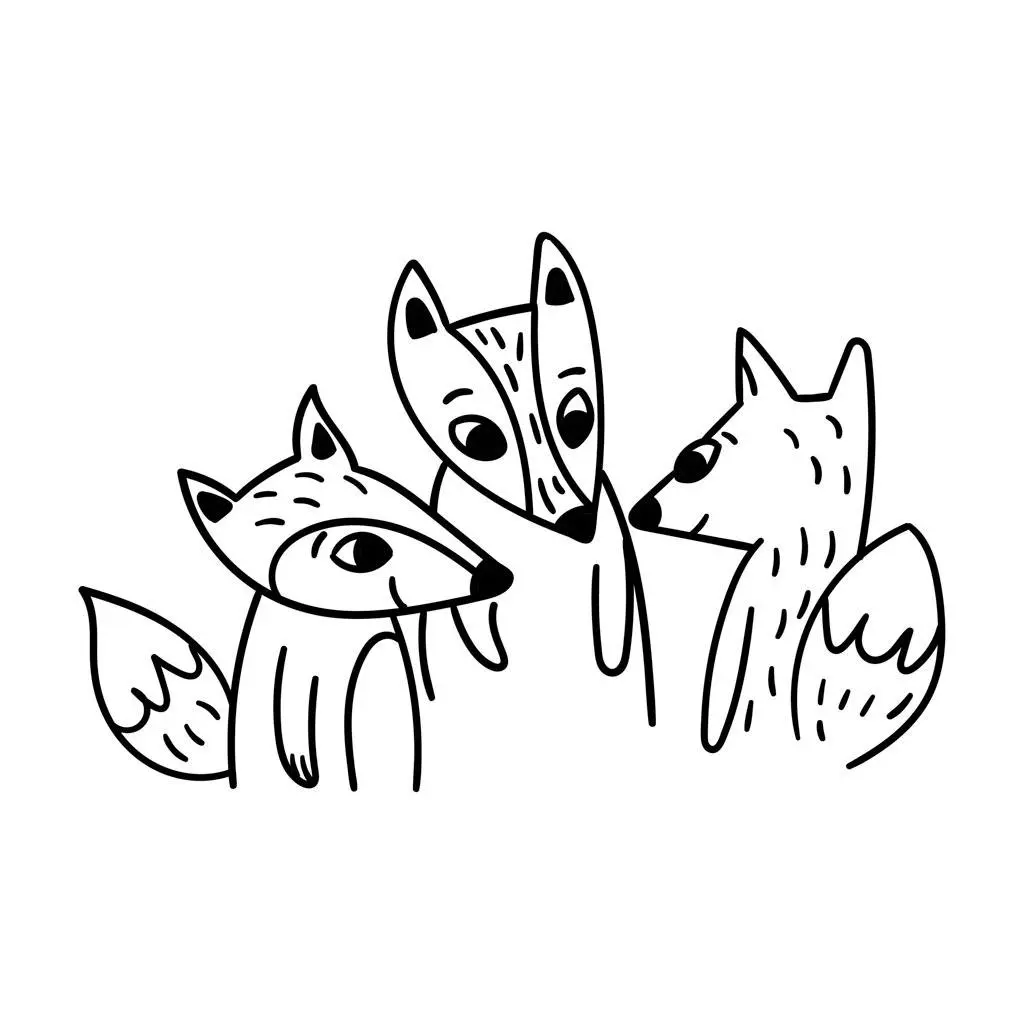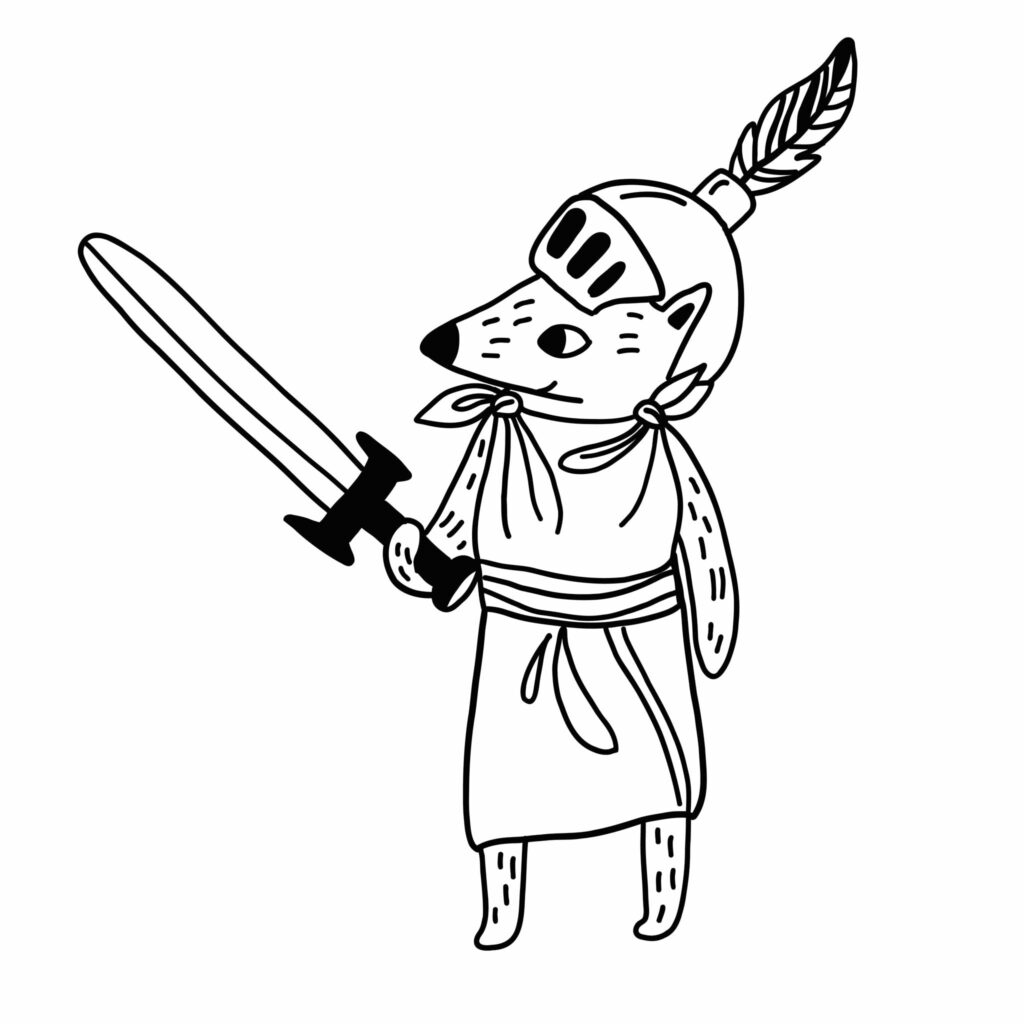People have been making toys long before shops existed to buy them. It’s not all just marketing. Children need toys to help them tell stories, to make sense of the world. The toys that survive from pre-history are often little figures, carved from stone or shaped from clay. Stick figures would also have been used. It’s no surprise that these are the earliest toys.
Young children need activities and experiences that encourage them to think, to help them make sense of the world around them. Learning is about making connections between ideas.
Children instinctively know what they need to learn. It’s why you see babies repeatedly dropping food from their high chair, watching what happens as the food hits the ground. What happens if I drop it from low down? Or high up? What if I throw it? What if I drop something soft? Or hard? What sound does it make as it hits the ground? Does it bounce? Oh, that’s interesting: Dad hops up and down with frustration when I drop something for the fifth time. What if I drop something again? Ah! Even more hopping. Very interesting.
Seen from this perspective, anything is a toy. So in some sense, children do need toys; it’s just that you don’t have to buy them.

But there are some toys that are worth investing in. You can make your own wooden blocks, or use cereal boxes or tins of baked beans, but nothing quite replicates the perfect fit of well-cut blocks if you want to create a wobble-free construction.
And figures are indispensable. Ultimately, we make sense of the world through story. Our lives are stories, we understand others in terms of the story we tell ourselves about them. One of the most magical things about watching a four-year-old play is the imaginary world they create around their play. It’s hard to make up a story without holding a figure and placing him in the action.
A toy can be anything. And with a little imagination, you really don’t have to buy them. If you’ve ever been on holiday and not taken any toys with you, you will know that your children soon find ways to play with even the most basic items. Clothes pegs become cars and stones are piled to make towers.
There will always be birthdays and Christmases, and a toy makes a great gift. But make it a well-considered one. Something open-ended, with lots of play potential.
Children don’t need much.




